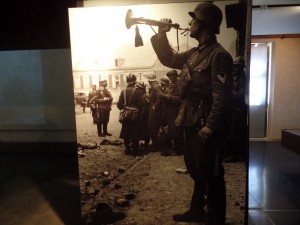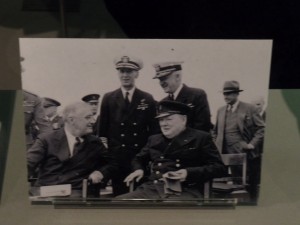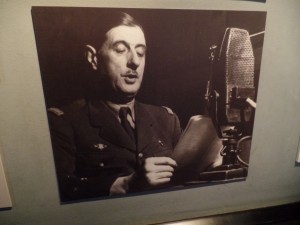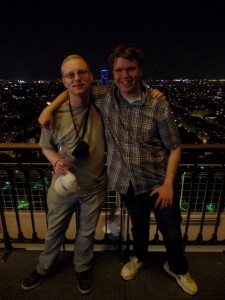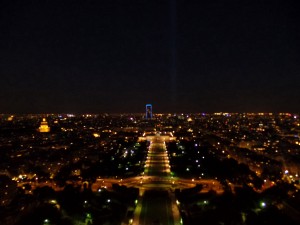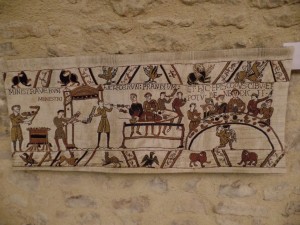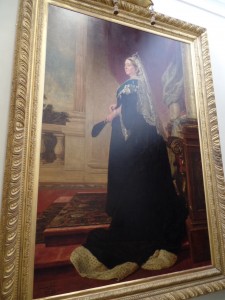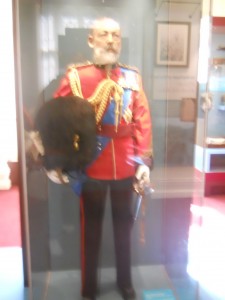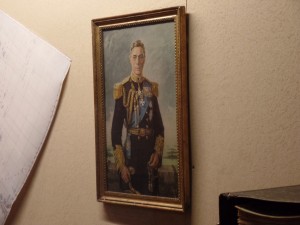Tourists in the midst of sightseeing are often awed by the towers, columns, and memorials that help them remember the heroes or inspiring events of a country’s past. In London, stepping into Trafalgar Square, one immediately has a sense of the power of the British Empire. This great open space is the center of the city and the site of art exhibits and demonstrations. However, it commemorates the Battle of Trafalgar in 1805 when an outnumbered Royal Navy, led by Admiral Lord Nelson aboard the HMS Victory, defeated French and Spanish ships off the coast of Spain. The combined French and Spanish fleet lost twenty-two ships while the British did not lose a single one. This victory confirmed British naval supremacy and highlighted Nelson’s innovative approach to engaging the enemy. Lord Nelson was fatally wounded during the battle and is one of Britain’s greatest war heroes.

In Paris, the Eiffel Tower is a commemoration of French innovation. As it glistens with light at dusk, the entire city joins the show and lives up to its name—the City of Light. The grandeur of French history and Napoleon’s power are on display at every turn. The Arch of Triumph, the Champs Elysees, and the Place de Concorde are all clear reminders of the glory of France.
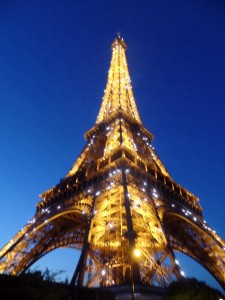
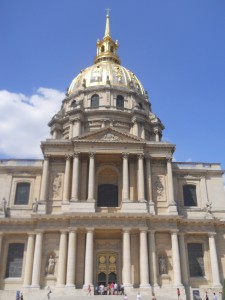
Here in Berlin, German history and its memorials are entangled with the legacy of fascism. There are monuments to its wars and its colonial empire, but they have been relocated and muted. The Victory Column rises above the Tiergarten Park with large bronze images of Prussian military leaders without identification. A huge statue of Otto Von Bismarck marches beside Atlas holding the world and Siegfried making a sword in celebration of Germany’s industrial might. There is also a model of Germania overpowering a panther and a goddess reading the book of history, but it is located in a park, not a city square. Now that the events of the world wars are past, these proud symbols seem out of place.
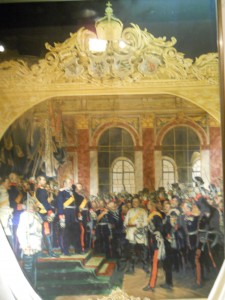
Monuments in all cities are meant to boost national pride and predict a glorious future. In Berlin, the glory of these nineteenth century memorials must be measured against the realities of the twentieth century events. Ironically, the Victory Column and the monument to Bismarck were moved by Hitler from their places in front of the Reichstag to make space for another monument that was never completed. Hitler meant to recreate German society in a totalitarian environment, so the memorials of the past were defaced and repurposed. Today, there are large empty areas in the city center. Hitler had planned large scale buildings that were never finished as he turned all his resources toward war. He and his designers even tested construction sites to see if the huge buildings that he had in mind could stand on Berlin’s soft earth, but experiments proved that the ground would not bear the weight of the architecture.

Hitler’s chief architect was Albert Speer, and one of his most elaborate designs for Berlin was the Tempelhof Airport. It was part of his plans for Berlin to be a new capital of Europe named Germania. Like many of Hitler’s plans, most of it was unfinished until after the war. During the war, the building was used for manufacturing arms. The design had a dramatic amphitheater with long, black spaces, gates, and places for flags. Hitler thought that all buildings should remind people of the great times of history, but many of their buildings, like the concentration camps, only remind us of the terror and hate of the Nazis. Many of Hitler’s buildings have been repurposed, but most have been destroyed. Today, the only monument at the airport is a memorial to the Berlin airlift that saved the people of Berlin during the Soviet blockade.
Berlin’s grandest memorials are in East Berlin where the Russians took control. The Fernsehturm, or Berlin TV Tower, is one example. It was constructed in 1965 as a symbol of Berlin and it is visible from most parts of the city. It is the tallest structure in Germany. The Russians also constructed an enormous war memorial over the bodies of Russian soldiers who died during World War II. They used thousands of German workers to memorialize the sacrifices of Russians. The monument is more about the human cost of war than a celebration of victory.

One of the most striking memorials in the former West Berlin is the Kaiser-Wilhelm-Gedächtniskirche, a church that was hit in an air-raid and left as a memory of the suffering of war. After the war, Germany struggled with ways to remember this historical period. They made laws against using Nazi symbols, and even the use of the German flag was troubling. There is no memorial in the city center for the Germans who died in the two world wars. It is as though monuments are only raised when a country is victorious. The memorials that do exist are hidden away in church cemeteries or in private spaces. There are only memorials for the victims of the Nazis such as solemn monuments expressing grief for the Holocaust and the emotion-filled concentration camps.
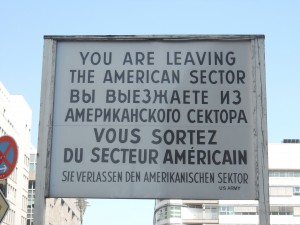
The Berlin Wall is neither a monument nor a memorial, but it is the most famous structure in the city. Churchill described it as an “iron curtain.” Like many of Berlin’s buildings, it was repurposed, used for graffiti, and finally demolished. Ironically, its symbolism endures. The city is still separated into east and west, though these are not points on the compass. Checkpoint Charlie is a major tourist attraction where actors pose as border guards. The pieces of the Wall that still remain are memorials to those who tried to escape over it. There are other strange memorials as well such as small mountains of debris from the war.

Modern artists try to fill the void where Nazi projects failed or where war destroyed the past. The “Memorial for the Murdered Jews of Europe” near the Brandenburg Gate is one example. It has almost 3000 concrete slabs, one for every page of the Talmud, in a grid. They are set on a slope, but they all stand at right angles. The remarkable visual image is confusing and almost insane, like the ideas that created the Holocaust. Nowhere in the memorial are plaques or explanations. There is only a sense of loss.
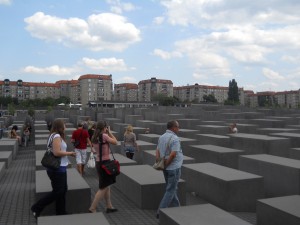
This sense of loss is a unique quality of Berlin that sets it apart from London or Paris. People are gone with no space to remember them. Buildings are gone leaving only an empty shell. The few heroes that remain are tucked away on side streets. In a city with a buried past, only the future seems to matter.
This sense of loss is a unique quality of Berlin that sets it apart from London or Paris. People are gone with no space to remember them. Buildings are gone leaving only an empty shell. The few heroes that remain are tucked away on side streets. In a city with a buried past, only the future seems to matter.


